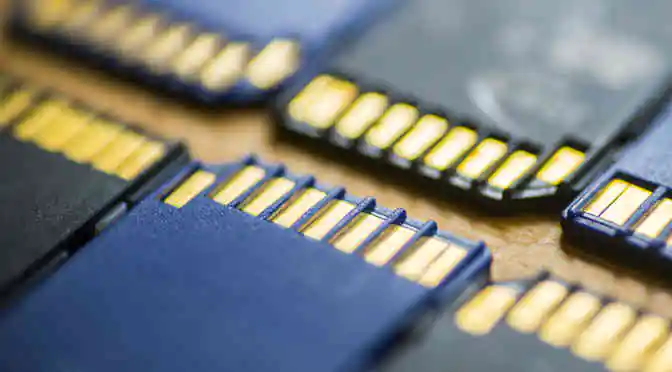From the time when the pioneering memory card format was introduced, it has become an integral part of a range of electronic systems including action cameras, smartphones, music players, etc. Popularly used to extend the memory capacity in terms of storing videos, music, photos and a variety of digital files, the global memory cards market is home to quick innovation and intense competition, all to match the evolving market demands and to fit snugly into the application-intensive environments.
What are the challenges?
In contrast to its widened applications and features, the significant factors that impede the market growth for memory cards is the proliferation of cloud based solutions and enhanced inbuilt memory capacity most newly launched smartphones. The market deceleration is further enhanced by the decrease in average selling price of memory cards. Apart from this, the reliability of data storage cards is always in question as these get corrupted easily. Factors like the sudden removal of the card, a sudden power surge during formatting, generation of a bad sector, or virus attack, are common reasons for the corruption of memory cards.
As can be attested by any smartphone user, there is also the nagging inability to install mobile applications on memory cards. Although these cards enable customers to exploit enhanced data storage capacities, they cannot store apps, games, and web applications in smartphones.
SMART technology brings memory cards back into contention
With the power to report the status of the memory card to its end user, Self-Monitoring, Analysis, and Reporting Technology (SMART) is on point to breathe new life into the memory card industry. This technology will enable the end-users to know when the memory card is beyond the optimum performance range so that it can be duly replaced before the data is corrupted. This will particularly benefit smartphone and digital camera users where there is a propensity to save vast amounts of critical data in the included data card.
Wide adoption of UHD content signals opportunity
It is no secret that the demand for UHD content such as 4K/8K, 3D, and 360-degree video is on the rise, whilst propelling the need for memory cards. UHD formats provide high clarity pictures and videos with amazing detail, justifying their high demand in the consumer electronics sector. Not only consumer count but TV channels offering UHD content are also expected to rise significantly over the next few years. UHD content requires more space and high transfer rate to decode the signals. Thus, the inbuilt storage is likely to quickly run out of memory space.
In a market this innovative, far-reaching market insights help
The global market for memory cards is changing in line with the emerging trends in the industry. However, to productively cope up with these changes, companies must first analyze the market to know about emerging trends, impeding factors, challengers and drivers, before realigning their own strategy to suit the evolving market demands.
Technavio’s market research report helps the vendor uncover all the aforementioned information and offers a customized view backed by the most relevant analytical data. The report pertaining to the global memory cards market can be sampled for free, via the links listed herein.



